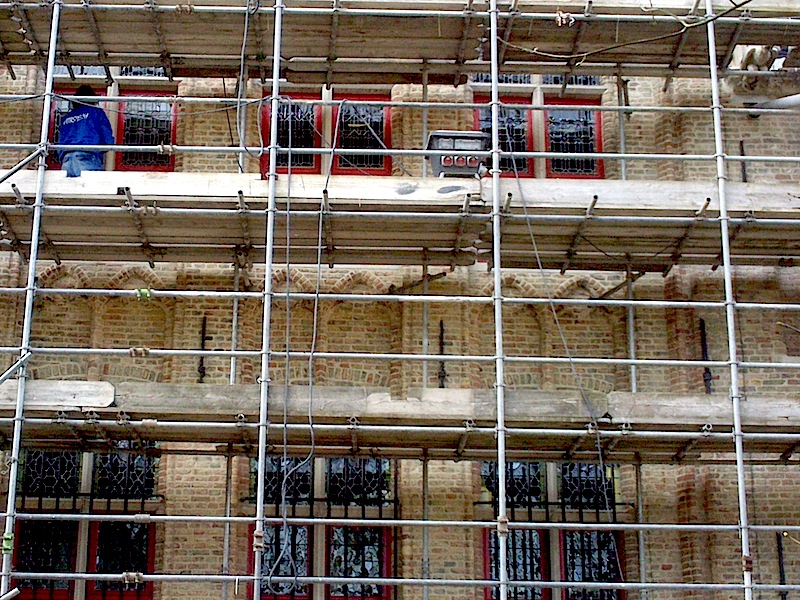Living in a conservation area can be a delightful experience, surrounded by historic charm and architectural beauty. When it comes to home improvements, particularly window replacements, navigating the rules can be a bit tricky. Here’s what you need to know about replacing windows in conservation areas.
Conservation area regulations
Conservation area rules typically aim to preserve the character and appearance of historically significant areas. However, the regulations for unlisted buildings in conservation areas are generally less stringent than those for listed buildings.
Building control requirements
When creating a new residential unit, even in a conservation area, building control regulations typically require meeting current standards for energy efficiency and performance. This often includes requirements for window performance that may be difficult to achieve with single-glazing or some slimline double-glazing options.
Planning permission and building standards
For unlisted buildings in conservation areas, there is more flexibility in balancing appearance with performance. Standard double glazing may be permissible, especially if it can be demonstrated that it’s necessary to meet building control requirements for the new residential unit. Nevertheless, secondary glazing remains a good option in meeting both requirements.
Important considerations
- Local Authority Discretion: Each local authority may interpret and apply regulations differently. It’s crucial to consult with your specific local planning authority and building control department.
- Case-by-Case Basis: Decisions are often made on a case-by-case basis, considering the specific building and its contribution to the conservation area.
- uPVC windows are generally frowned upon in conservation areas due to their modern appearance. They’re almost always inappropriate for listed buildings and often unsuitable for traditional buildings in conservation areas. Therefore, consider:
- Materials: Traditional materials like timber are often preferred.
- Style: The new windows should match the original design as closely as possible.
- Glazing: While double glazing can be challenging to approve, it’s not impossible.
- Colour: Even the colour of your windows may be subject to regulations.
Recommendations
To ensure compliance and avoid potential issues:
- Consult with your local planning authority and building control department early in the process.
- Provide clear documentation demonstrating the need for standard double glazing or secondary glazing to meet building regulations for the new residential unit.
- Consider options that meet performance requirements while minimising visual impact on the conservation area’s character.
The importance of professional advice
Given the complexities of conservation area regulations, it’s wise to seek professional advice. A specialist in heritage windows can help you navigate the planning process and find solutions that balance energy efficiency with historical authenticity.


No Responses